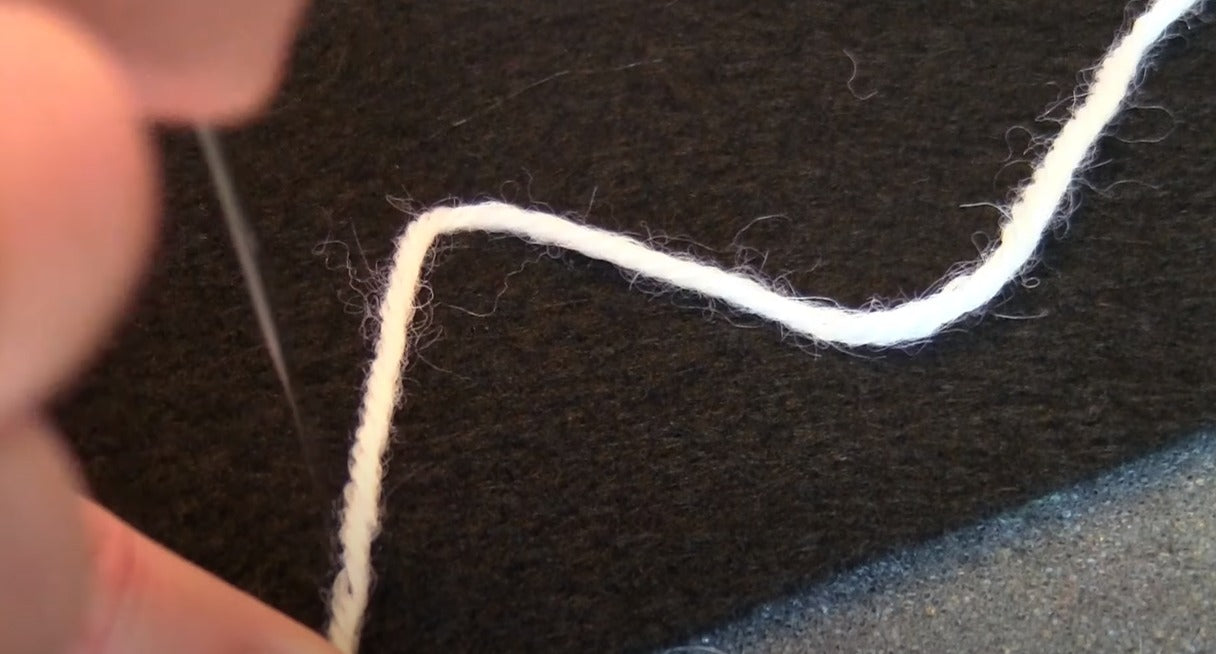Felting needles can be very costly, and if you do not have one, there are alternatives. Using roving and batting as your materials is a more cost-effective way to make a felting project. You should also have a specially made felting surface. This should be several inches thick and free from any rough edges. You can purchase a disposable felting needle that is designed for this purpose.
While there are many benefits to needle-free felting, needles can be fragile and easily break. To prevent breaking, a firm and resilient work pad is essential. However, a work mat that is too soft can be too hard, making the project difficult. You can buy small brush mats at craft stores. These mats resemble scrub brushes and are made specifically for flat needle felting. Once you have the right work pad, you can begin your felted project.
Needles come in a variety of shapes, with various sizes and styles. The most commonly used needle is a triangle-shaped needle. You can also use different-shaped needles for different types of projects. Most suppliers will mention the gauge of their needles. The gauge indicates the thickness of the needle. A small number means a thin needle, whereas a large number means a thick needle. You will typically start a project with a high-gauge and finish it with a low-gauge needle. It's best to know what gauge is right for your particular project before you begin your project.
While needle-felting is one of the easiest crafts you can do, you should not try it without a felting needle. You should be patient, as the technique is not easy and you must be patient. Basic shapes are simple to make and can be done in a day. Then you can add small details or pieces of wool to create a more complicated design. It's important to note that you should use a needle that is made from wool.
A needle is essential to needle-felting. It will make the process more efficient and will help you create more detailed projects. A needle can break easily, so you should be prepared for it. But don't worry. There are alternative options that don't require a special needle. A thick sponge and a felting pad are both suitable for needle-felting. If you don't have a felting needle, you can still create the same result with the same method but without the need for a needle.
You can also make your own needles for your project. While needle-felting, you can choose the type that suits your needs the most. In general, a triangle needle is ideal for beginners. You can use any size and shape of felting needle to make a stuffed animal or a hat. The only difference between a traditional and an artificial needle is the type of wool you use.
You can also use a pen or other device to needle-felt without a needle. These are essentially pen-shaped devices that are filled with wool roving. They are meant for eight-needle felting but can be filled with two or three. A pen feels better on the foam-based surface than on metal, so you can try them out before investing in a larger felting needle.
A needle with a number on it is required for needle-felting. The needle should not be too thin or too thick. The needle should be long enough to be able to penetrate the wool. Its length should be long enough to be comfortable to hold. The pen should have a sturdy handle, and it should not be too thin or too heavy. If you don't have a spool, you can put it in the needle and make it flat or 3D.
A needle with a short shaft can be used for wet-felting. A longer needle will make a felting project harder to handle. If you have a larger project, a needle with a long, narrow shaft isn't necessary. A wool fiber with a length of approximately 10mm is a good choice for felting. A thicker needle will give a thicker, more dense, and softer end result.




















